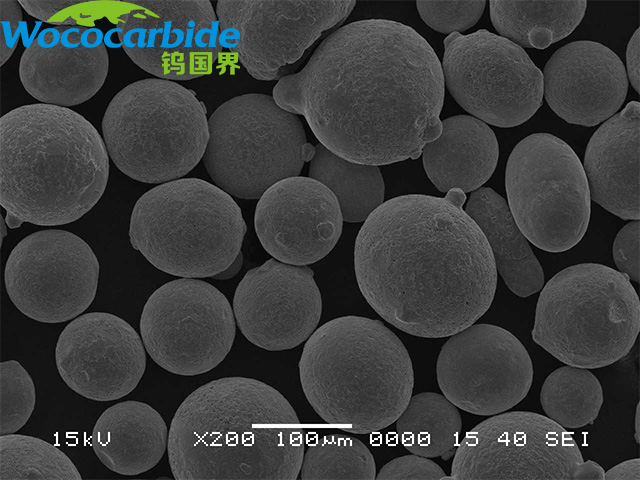

Chemical corrosion is the corrosion caused by the chemical interaction between the metal surface and the environmental medium. When the metal is in contact with the non-electrolyte, the molecules in the non-electrolyte and the molecules in the non-electrolyte (such as q, w, etc.) are adsorbed by the metal surface, decomposed into atoms and then combined with the metal atoms to generate corrosion products. The reaction formula is as follows:
1
In the formula: Me——metal atom;
X - medium atom.
If the reaction product is volatile, a protective film cannot be formed on the metal surface, and the corrosion reaction will continue; if the reaction product can adhere to the metal surface, the film formed is not enough to bind the metal surface to the metal surface at the beginning of the reaction. The medium is completely separated, and metal atoms, ions or electrons and atoms in the medium will diffuse through the film and meet in the formed film, react and thicken the film.
It can be seen from the above simple analysis that the basic process of chemical corrosion is the adsorption and decomposition of medium molecules on the metal surface, the metal atoms combine with the medium atoms, and the reaction products are either volatilized or attached to the metal surface to form a film. In the former case, the metal is continuously corroded, When it belongs to the latter, the metal surface film is continuously thickened, which reduces the reaction speed.
The corrosion of metals in dry gas media (such as high temperature oxidation, hydrogen corrosion, vulcanization, etc.) and in non-electrolyte solutions (such as benzene, alcohol, etc.) is chemical corrosion.

form of destruction
chemical corrosion high temperature gas corrosion
①High temperature oxidation
When steel is heated in air, at low temperature (200-300°C), a visible oxide film has begun to appear on the surface. With the increase of temperature, the oxidation rate is gradually accelerated. Below 570°C, the oxide film is composed of r and t, and above 570°C, the oxide layer is composed of three oxides y, u, and i (from inside to outside). Among these oxides, the o structure is loose, easy to crack, and has poor protection, while the p and a structures are dense and have better protection. Therefore, below 570 °C, the oxidation rate of steel is low, while above 570 °C, a large number of s with lattice defects appear in the oxide layer, which makes d easy to diffuse and the oxidation speed is fast. The oxidation rate of steel in hot air is given in the graph to the right.
Hot information

